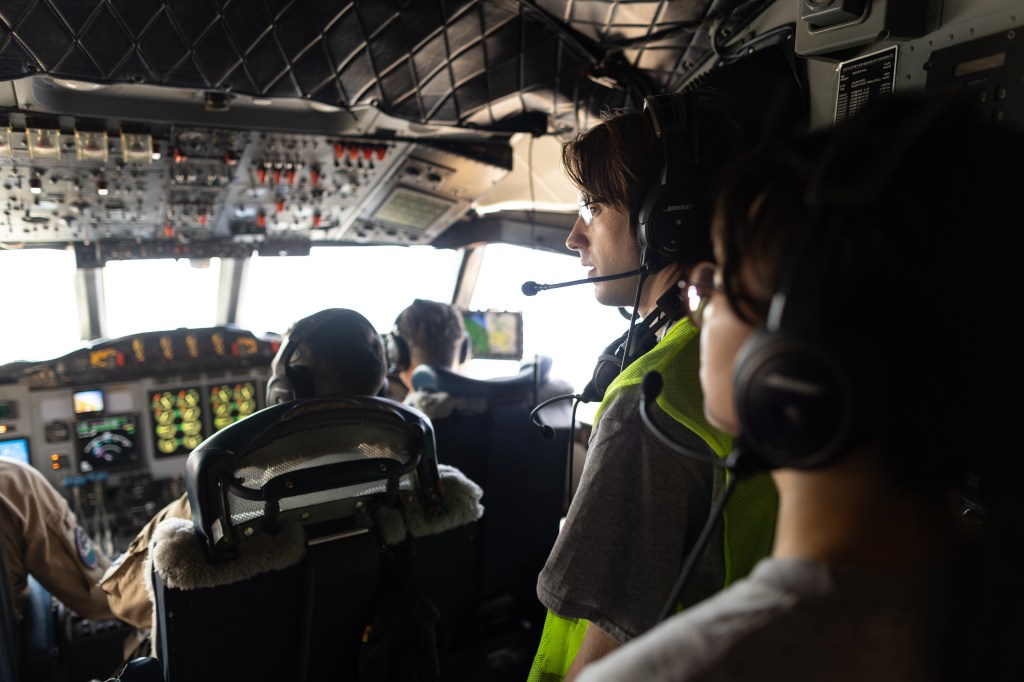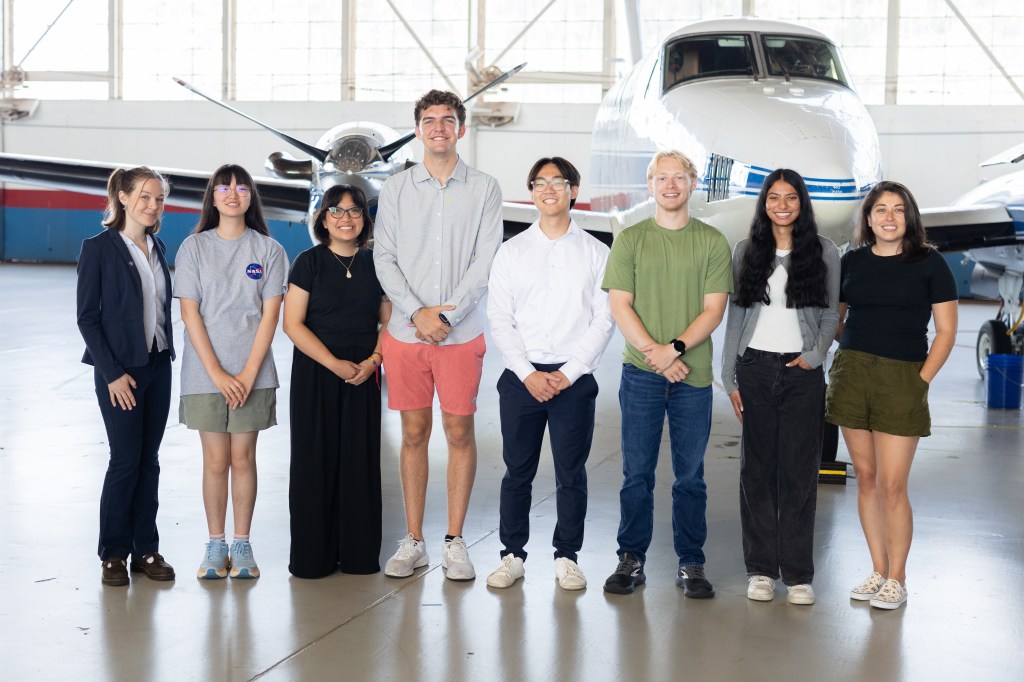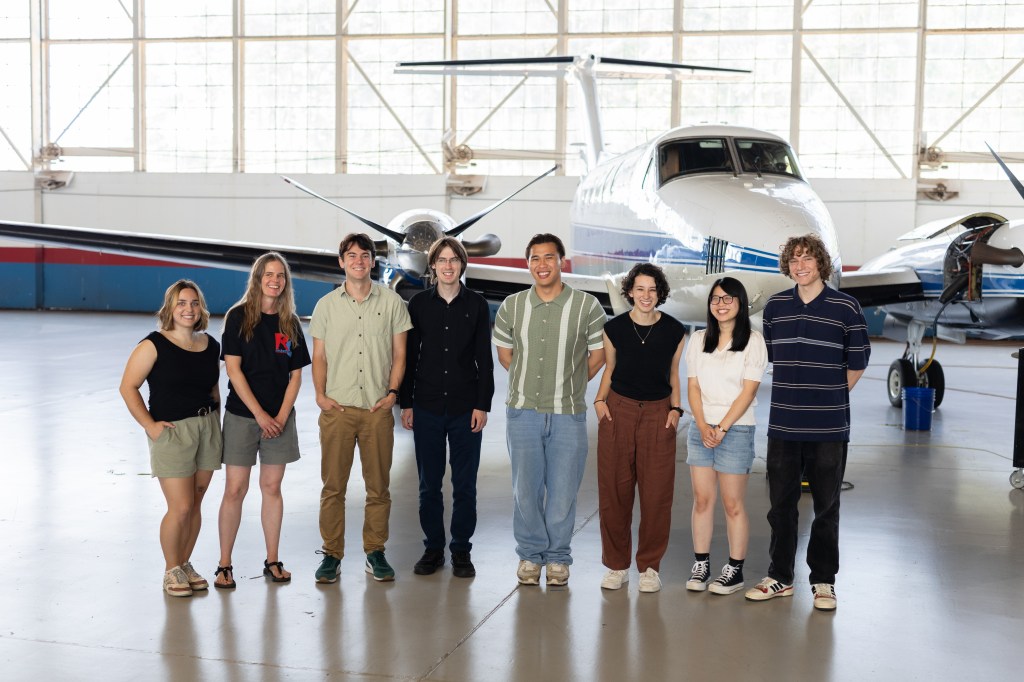Earth planning date: Tuesday, Jan. 21, 2025
Over the weekend Curiosity completed a 38-meter drive (about 125 feet), and the rover is now perched on the rim of a crater named “Rustic Canyon.” Today we planned contact science to search for any unique textures or compositions associated with the crater, and a lot of imaging to assess the morphology of the crater to learn about degradation rates and processes. Today is a three-sol plan on a Tuesday, to account for the U.S. holiday yesterday, Martin Luther King Jr. Day.
The plan starts with remote sensing observations of the rocks in our workspace. ChemCam and Mastcam will investigate two dark blocks named “Slide Peak” and “Rocky Peak” to assess their composition and texture. Then Curiosity will use the DRT to clear the dust at “Bee Rock,” a block in our workspace that looks smoother than the surrounding areas, followed by MAHLI and APXS on the same block. Curiosity will also use MAHLI and APXS to assess a dark block at “Pleasant View Ridge” to see how these ejecta blocks compare to the surrounding rocks of the sulfate unit. Mastcam will be busy in this plan, acquiring a large 70-frame L0 mosaic covering the entire crater to assess its morphology, as well as stereo imaging on the western rim where more dark rocks are exposed. Another Mastcam mosaic will target the transition from the ejecta blocks back into typical rocks of the sulfate unit, and a fourth Mastcam mosaic will look toward the distant Gediz Vallis ridge, coordinated with a giant 20x1 ChemCam Long Distance RMI of the same area. Navcam will also be used to document the crater, to help generate high-resolution topography. This plan includes a drive on the second sol, during which Curiosity will take Full MAHLI Wheel Imaging — periodic documentation to assess the state and health of the rover wheels. The third sol contains untargeted science activities, including an autonomously selected ChemCam AEGIS target. Throughout the plan Curiosity will acquire observations to monitor the environment, including a Navcam dust devil movie, Mastcam twilight observation to search for iridescent ice clouds, and Navcam line-of-sight observations to assess dust content in the atmosphere.
I was on shift as LTP today, and it was great to see this comprehensive plan come together to address a lot of different science areas. Looking forward to getting the results back and seeing what “Rustic Canyon” can tell us about Mars!
Written by Lauren Edgar, Planetary Geologist at USGS Astrogeology Science Center




































